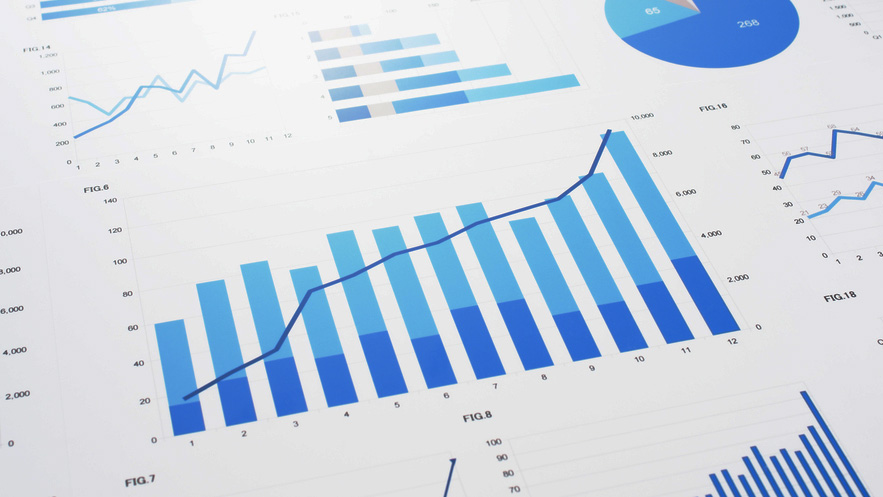Losses slow within subprime ABS space

By subscribing, you agree to receive communications from Auto Remarketing and our partners in accordance with our Privacy Policy. We may share your information with select partners and sponsors who may contact you about their products and services. You may unsubscribe at any time.
NEW YORK –
S&P Global Ratings used two words in a single sentence that finance companies catering to consumers with soft credit histories should be tickled to see.
A recent report published by S&P Global Ratings indicated collateral performance in the U.S. subprime auto loan asset-backed securities (ABS) sector appears to have stabilized in 2017 after having deteriorated for four straight years.
On an aggregate basis, analysts calculated that average monthly annualized subprime losses rose only 2 percent in 2017, compared with spiking 18 percent in 2016.
And analysts also noticed 60-plus-day delinquencies were nearly stable, “albeit at relatively high levels,” according to the report.
“Loss levels for subprime auto loan ABS issued in 2016 are in line with those issued in 2015, whereas losses for securitizations issued in 2015 are trending 18 percent higher than for those issued in 2014,” S&P Global Ratings said.
“Most of the 12 issuers that issued subprime auto loan ABS in the first half of 2017 had either stable or improved cumulative net loss performance relative to their 2016 issuances,” the report continued.
Subscribe to Auto Remarketing to stay informed and stay ahead.
By subscribing, you agree to receive communications from Auto Remarketing and our partners in accordance with our Privacy Policy. We may share your information with select partners and sponsors who may contact you about their products and services. You may unsubscribe at any time.
Analysts explained many issuers attribute the deterioration in recent years to competitive pressures, lower recovery rates and their expansion into different regions with new dealers. The experts pointed out that 2015 and 2016 stand out as particularly high loss years.
“In our view, many lenders started to self-correct in 2016, and by 2017, their tighter credit standards finally started to stem the rise in losses,” according to the S&P Global Ratings team led by lead analyst Amy Martin.
“Based on the subprime auto loan ABS we track, the credit quality of loans has improved with loans securitized over the past two years having higher credit scores and lower LTVs on average. For example, the weighted average LTV for securitized subprime pools declined to 110.54 percent for 2017 from 112.41 percent in 2016 and 113.1 percent in 2015,” the contingent went on to say.
The report also mentioned some finance companies have also “dramatically” reduced their loan-to-value ratios on their longer-term loans. However, analysts also acknowledged that terms do continue to lengthen due to the rising cost of vehicle ownership.
S&P Global Ratings determined the percentage of contracts with original terms greater than 60 months increased to 84.6 percent at year-end, up from 83.1 percent in 2016, and the weighted average original term increased to 69 months from 68 months over the same period.
“Despite longer terms, competition in the subprime auto finance sector appears to be waning as some large banks have scaled back their subprime lending volumes,” analysts said. “Several finance companies have also cited an improved competitive landscape, which has allowed them to lower LTVs and improve pricing without much impact on volume.
“Although we believe credit standards and the competitive environment in the sector have improved, obstacles lie ahead,” they continued. “Recovery rates will continue to come under pressure. With off-lease vehicle volume expected to reach a record 3.9 million this year, up from 3.6 million in 2017, used-vehicle values could decline further.
“In addition, as lenders increase their mix of longer-term loans, loss severities could continue to rise, and so could defaults because loans with longer terms remain outstanding longer and thus are more exposed to adverse changes in borrowers' credit conditions,” analysts went on to say.


